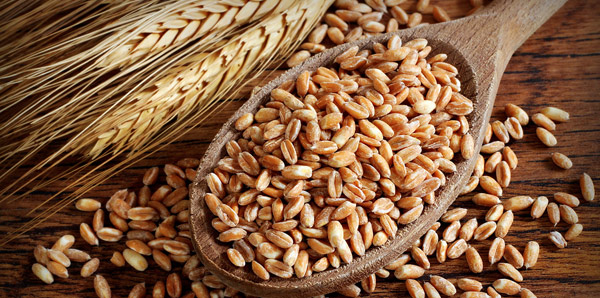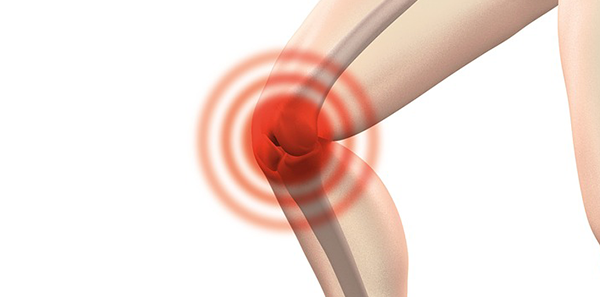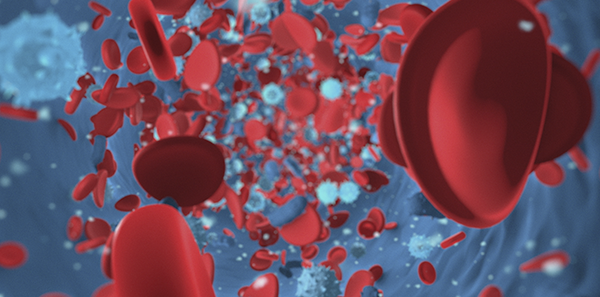
Coeliac disease (CD) is an enteropathy, i.e. a condition that predominantly affects the intestine, which occurs in genetically susceptible individuals. It is an autoimmune process consisting of the abnormal activation of the body’s own defences in the mucosal lining of the small bowel triggered by gluten. In its most severe forms it causes intestinal atrophy, which results in disturbances in intestinal absorption of nutrients from food.
But what is gluten? It is a protein found in many cereals such as wheat, rye, barley, triticale and their derivatives. In people with genetic susceptibility to CD, eating these products causes permanent gluten intolerance. For those who are not predisposed to this disease, eating cereals will not cause problems and they will not develop the disease.
In the Spanish population the prevalence is around 1%. As with other autoimmune (AI) diseases, it is twice as common in women.
The symptoms of this disease are divided into classic digestive symptoms and extra-intestinal manifestations. Digestive symptoms include abdominal pain and bloating, weight loss and growth retardation in children, lack of appetite and diarrhoea. Non-digestive symptoms include fatigue, behavioural changes such as irritability, iron-deficiency anaemia that does not respond well to specific treatment, vitamin and mineral deficiencies, osteoporosis, dermatitis herpetiformis, oral thrush, arthritis, kidney inflammation, etc. Often patients do not have all these symptoms. Another feature of CD is that, since it is an AI disease, a coeliac may also present other autoimmune diseases such as autoimmune thyroid disease, type I diabetes mellitus, etc.
The main obstacle to its diagnosis is that only 25% of cases present with typical intestinal symptoms that could lead to a clinical suspicion of coeliac disease and result in early diagnosis. To make things more difficult, it should be remembered that there are also patients who do not present any kind of symptoms; this tends to be the case in close relatives of a person with confirmed CD who undergo screening tests to rule out the disease.
The diagnosis of suspicion is based on the patient’s clinical, analytical and genetic information. The diagnostic blood tests are based on specific serology (anti-gliadin, anti-endomysium and anti-tissue transglutaminase antibodies), which shows up these defences that are anomalously generated and activated against the cells of the intestine. Genetic predisposition testing for coeliac disease is based on a blood test to analyse for the presence of a genetic marker, specifically HLA-DQ2/DQ8. A confirmed diagnosis is made by endoscopic biopsy of the small intestine, showing a lesion typical of the disease. For the diagnosis to be confirmed by endoscopy, it is necessary for the patient to continue eating foods that contain gluten. This prevents possible false negatives due to lesions reverting to normal when gluten is removed from the diet. Tests should be performed to rule out and, if necessary, treat nutritional deficiencies associated with the disease, such as iron-deficiency anaemia or vitamin D deficiency
Treatment consists of completely removing gluten from the diet. By doing this, the symptoms subside within a few weeks and the lesions of the intestinal mucosa disappear, although it may take up to 6 months for this to happen. Even if the patient is not lactose intolerant, it is necessary to avoid dairy products during the first month on a gluten-free diet because of the possibility of associated transient lactose intolerance. After this time, milk and dairy products will be gradually reintroduced to ensure a sufficient dietary calcium intake. Coeliacs who are unaware of their disease and are therefore untreated or coeliacs with known disease who fail to adhere to their dietary treatment are at twice the risk of the normal population of suffering Hodgkin lymphoma. It is necessary to follow a suitable diet for at least 5 years to decrease the risk of lymphoma to the level of the general population.
Removing gluten from the diet is relatively simple; it consists of not using foods that contain cereals and their derivatives. The problem lies in the fact that many foods that are not derived from cereals contain added gluten, such as some sausages. Foods that contain gluten include: bread, flour and related products, cakes, pasta, dried figs, malt beverages and distilled beverages. There are also foods that may contain it, such as: sausages, patés, soft cheeses, sauces, tinned meat and fish, coffee substitutes, toasted or fried nuts, ice creams, chocolate, etc. Foods that do not contain gluten include: rice, maize, buckwheat, tapioca, sugar and honey, coffee, infusions, soft drinks, wine, unprocessed dried fruit and nuts, etc.
Another consideration that must be taken into account is that some drugs may also contain gluten. Lastly, as if all this were not enough, there is a real possibility of food scams, with foods that claim to be gluten-free actually containing gluten. This is because these specific foods have a higher market price.
Associations such as FACE (Federación de Asociaciones de Celíacos de España – Federation of Spanish Coeliac Associations) have websites (www. celiacos.org) that offer all kinds of information about CD such as useful addresses, recipes, classification of foods that contain and do not contain gluten, gluten-free drugs, etc., which are extremely useful and necessary to ensure a suitable diet.
Dr. Ángel Luís Abad González – Specialist in Endocrinology and Nutrition
The information published in this media neither substitutes nor complements in any way the direct supervision of a doctor, his diagnosis or the treatment that he may prescribe. It should also not be used for self-diagnosis.
The exclusive responsibility for the use of this service lies with the reader.
ASSSA advises you to always consult your doctor about any issue concerning your health.












